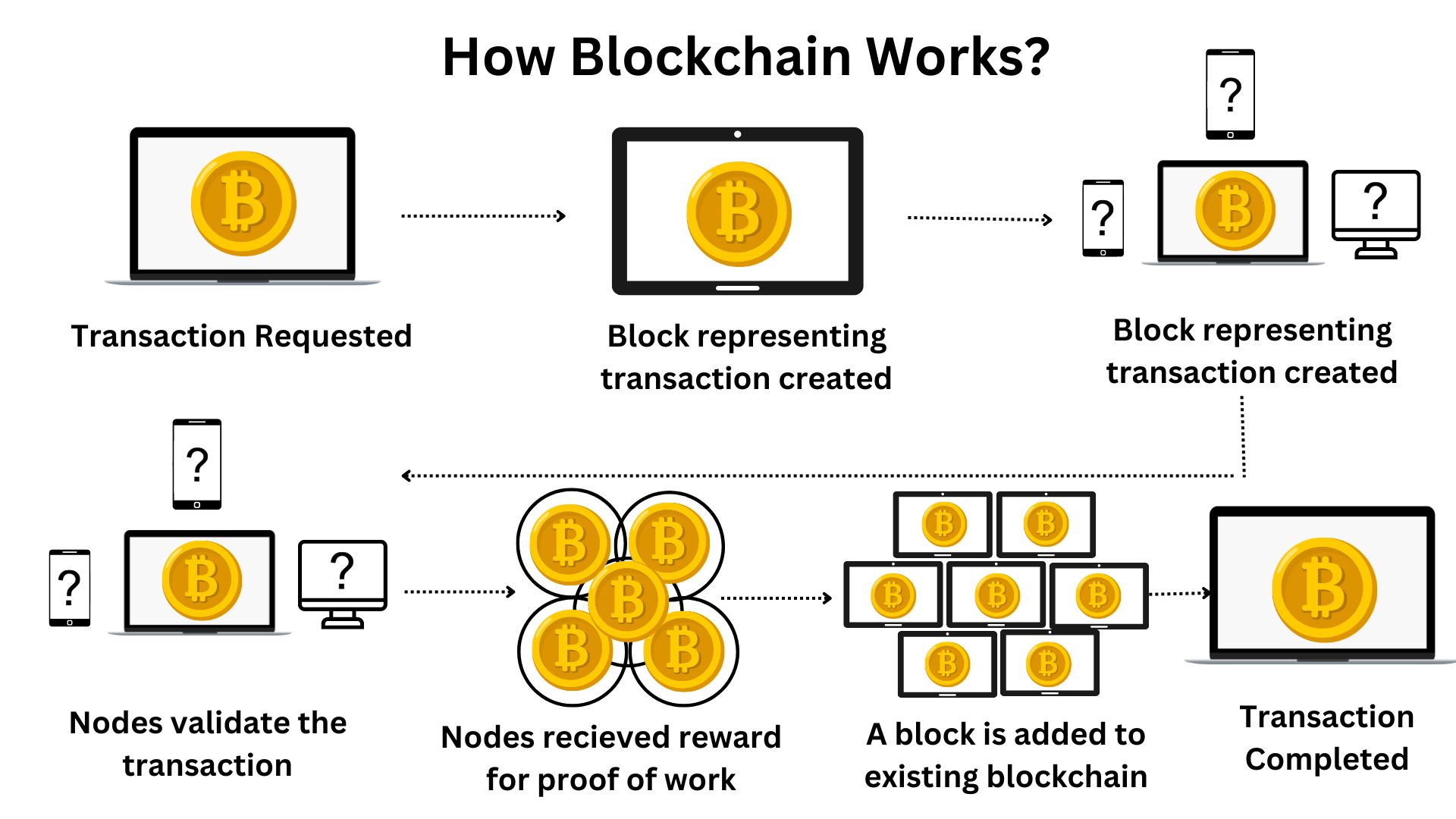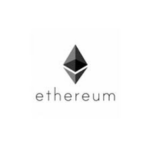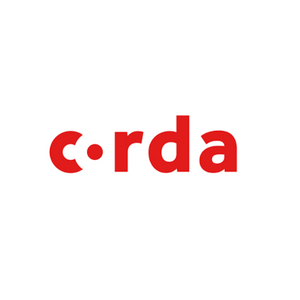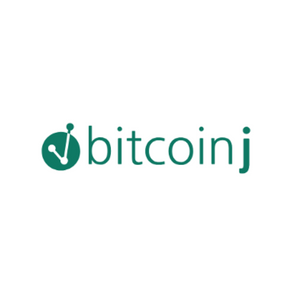Organizations all over the world are turning to blockchain technology to improve data storage, security, and management. This has resulted in the need of blockchain testing solutions that can ensure that applications built on the blockchain network are thoroughly checked to meet their purpose.
With many practical applications for the technology already being implemented and explored, blockchain is finally making a name for itself in no small part because of bitcoin and cryptocurrency. As a buzzword on the tongue of every investor in the nation, blockchain stands to make business and government operations more accurate, efficient, secure, and cheap, with fewer middlemen. However, the only thing they tend to miss is understanding how to test blockchain applications?
As we prepare to head into the third decade of blockchain, it’s no longer a question of if legacy companies will catch on to the blockchain technology—it’s a question of when. Today, we see a proliferation of NFTs and the tokenization of assets. The next decades will prove to be an important period of growth for blockchain and therefore for more aggressive blockchain application testing.

In this article, we will discuss what blockchain testing is all about, including the benefits and drawbacks, the types of blockchain testing, the phases, and some useful tools. We will also create and test a smart contract using some of the recommended blockchain testing tools with an approach to dive deeper into the concepts of blockchain in software testing.
A blockchain is a distributed database that is shared among the nodes of a computer network. As a database, a blockchain stores information electronically in digital format. Blockchains are best known for their crucial role in cryptocurrency systems, such as Bitcoin, for maintaining a secure and decentralized record of transactions. The innovation of a blockchain is that it guarantees the fidelity and security of a record of data and generates trust without the need for a trusted third party.
One key difference between a typical database and a blockchain is how the data is structured. A blockchain collects information together in groups, known as blocks, that hold sets of information. Blocks have certain storage capacities and, when filled, are closed and linked to the previously filled block, forming a chain of data known as the blockchain. All new information that follows that freshly added block is compiled into a newly formed block that will then also be added to the chain once filled.
A database usually structures its data into tables, whereas a blockchain, as its name implies, structures its data into chunks (blocks) that are strung together. This data structure inherently makes an irreversible timeline of data when implemented in a decentralized nature. When a block is filled, it is set in stone and becomes a part of this timeline. Each block in the chain is given an exact time stamp when it is added to the chain.
Testing blockchain applications is the systematic evaluation of the blockchain’s various functional components (e.g., smart contracts). Unlike traditional software testing, testing blockchain involves several components such as blocks, mining, transactions, wallets, and so on, all of which require special tools to test.
Blockchain testing aids in the development of various quality stages, ranging from system performance to the security of the blockchain application.

According to Santu Maity, Enterprise Architect at IBM, the best approach for blockchain testing encompasses the entire environment. This includes blockchain-based applications, both mobile and web, that interact with the blockchain system’s functional component, like an API, smart contracts, and nodes.
One of the most significant challenges is a lack of testing tools. Currently, there are few testing tools available for each blockchain framework; therefore, using the wrong tool can cause problems when generating and executing blockchain test cases.
Another issue in the blockchain ecosystem is a lack of professional expertise. Because blockchain technology is still relatively new in the tech world, it has not seen widespread adoption among software developers.
Yet another challenge is testing strategy. Blockchain testing necessitates a thorough knowledge and understanding of how blockchain works. The security of the blockchain network can also be difficult. Blockchain applications are now being used in a variety of economic sectors.
Check Out - The Key Characteristics of Testing Blockchain-based Applications
As a result, data security is critical for preventing nefarious activities. The inability to provide adequate performance and load testing provides little or no knowledge of the performance of blockchain applications under certain conditions.
The following is a comprehensive list of the types of testing a blockchain tester has to perform:
Functional testing determines the effectiveness of various functional components of the blockchain system.
Node testing aids in the independent testing of each node on the network to ensure a problem-free connection.
Performance testing identifies system flow restrictions and recommends an optimal solution.
API testing contributes to a clear interaction between applications in the blockchain network by ensuring that requests and responses between these applications are properly operated.

Ethereum Tester is an Ethereum testing tool that includes Web3 Integration, API, and Smart Contracts. This allows development teams to recreate a production-like Ethereum blockchain. An open-source testing library, it is simple to implement and has manageable API support for a variety of testing requirements.
_1672313355.png)
Ganache is primarily used to locally test Ethereum contracts. It generates a blockchain simulation that allows anyone to test multiple accounts.
_1672313384.png)
Exonum TestKit specializes in testing the activity of the entire service of the blockchain application. We can use the tool to perform API testing and transaction execution without having to worry about network operations or consensus algorithms.

Corda is an open-source, distributed ledger platform based on blockchain technology. Contract testing, integration testing, flow testing, and load testing are all made easier with the built-in testing tool.
_1672313472.png)
Truffle is a blockchain testing tool with features that go beyond basic testing, such as working with Chai and Mocha. It is a well-known name among Ethereum developers for identifying amazing testing features, such as automated contract testing.
The Populus framework includes Ethereum’s testing functionality, which is well integrated as a set of properties focused on contract deployment testing. These frameworks are mostly built around the pytest framework, allowing for its very simple implementation.
_1672313505.png)
Manticore is a symbolic execution tool for the analysis of binaries and smart contracts. Manticore enables human-assisted analysis and the automatic detection of vulnerabilities during blockchain applications testing.
_1672313539.png)
Hyperledger Composer is an open-source development tool that contains many functions to help build blockchain applications. Some of those features also help with testing. More specifically, it supports three types of testing: interactive testing, automated unit testing and automated system testing.
It has a command-line interface that provides commands allowing you to easily run interactive “smoke tests” to ensure the deployment was successful. This also makes it easy to execute blockchain tests in a CI/D system.
System tests can also be created using Docker Compose and Mocha/Chai. You can start runtime and deploy your business network definition, then programmatically create assets, submit transactions and inspect the state of asset registries.

BitcoinJ is a library for working with the Bitcoin protocol. It allows you to interact with Bitcoin and connect directly to the Bitcoin network. And by using the functions in this library, we can send and receive Bitcoins in real-time.
The BitcoinJ documentation says it can maintain a wallet, and send/receive transactions without needing a local copy of Bitcoin Core, along with many other advanced features. It's implemented in Java but can be used from any JVM-compatible language; examples in Python and JavaScript are included.
For testing, BitcoinJ provides a TestUtils class that can do things like manufacture fake transaction objects and so on. For ideas on how to take advantage of TestUtils, take a look at the test suite for BitcoinJ itself.
Do you have any confusion between Blockchain and Distributed Ledger?
Suggested Read: Blockchain vs Distributed Ledger: A Detailed Comparison
As blockchain adoption grows, the need to deliver high-quality products cannot be met without investing in blockchain and blockchain testing experts. Besides, Blockchain testing ensures that all components in the system are working properly and that all applications are interacting with it in a trustworthy manner.
And just in case, you are having trouble implementing your blockchain solution or need assistance to meet the quality assurance goals, we can help you with a dedicated team of testers to help you with blockchain testing solutions.
For more information, reach out our Blockchain testing experts through info@bugraptors.com.
Interested to share your
Read More
BugRaptors is one of the best software testing companies headquartered in India and the US, which is committed to catering to the diverse QA needs of any business. We are one of the fastest-growing QA companies; striving to deliver technology-oriented QA services, worldwide. BugRaptors is a team of 200+ ISTQB-certified testers, along with ISO 9001:2018 and ISO 27001 certifications.
Corporate Office - USA
5858 Horton Street, Suite 101, Emeryville, CA 94608, United States
Test Labs - India
2nd Floor, C-136, Industrial Area, Phase - 8, Mohali -160071, Punjab, India
Corporate Office - India
52, First Floor, Sec-71, Mohali, PB 160071,India
United Kingdom
97 Hackney Rd London E2 8ET
Australia
Suite 4004, 11 Hassal St Parramatta NSW 2150
UAE
Meydan Grandstand, 6th floor, Meydan Road, Nad Al Sheba, Dubai, U.A.E